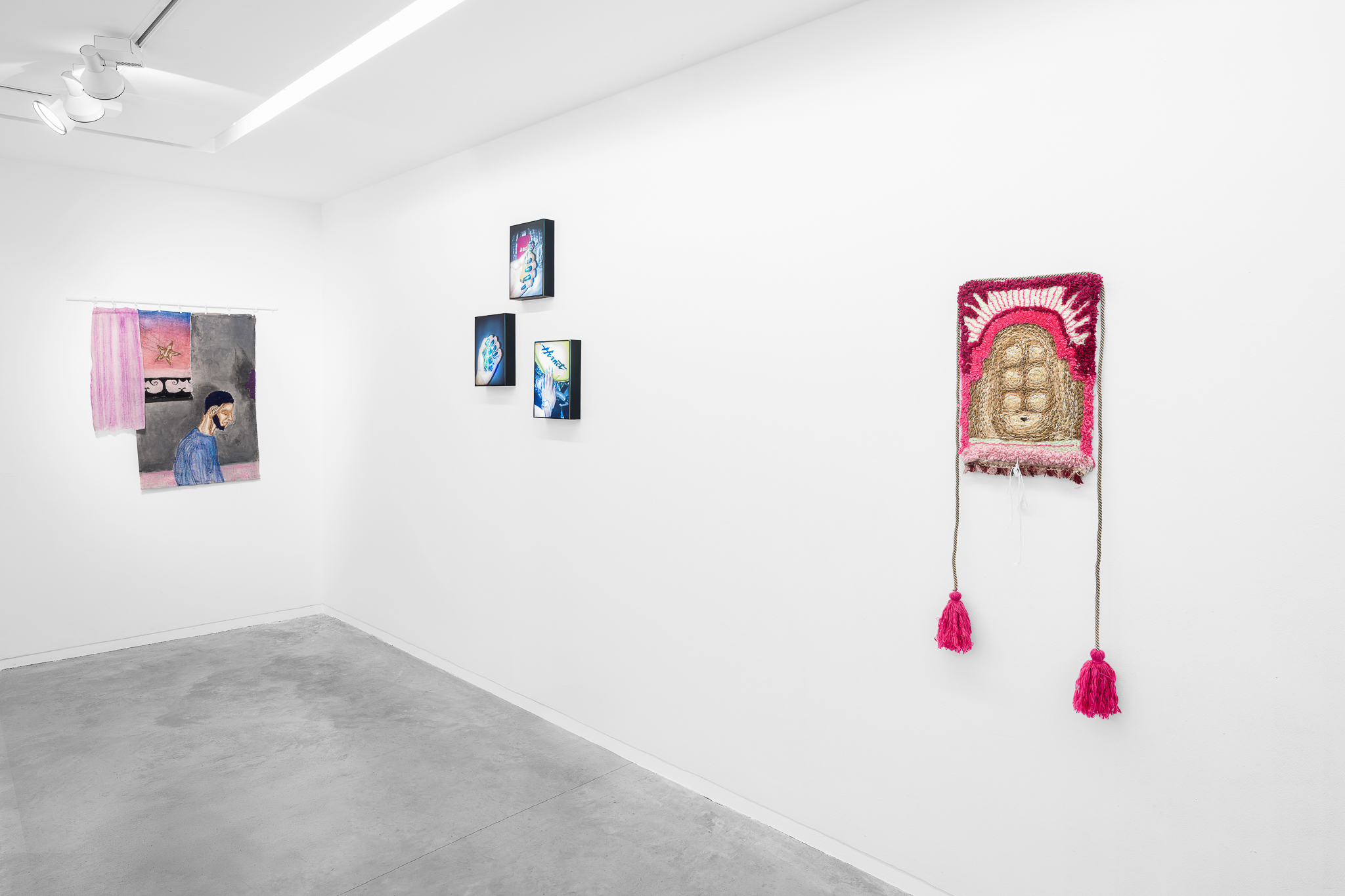
NOOR REFLECTIONS – AMINE HABKI & SILINA SYAN
The idea of bringing two artists together in a single exhibition can arise from the intuition of just one individual — and from this confrontation may emerge new ideas, new sensations, and new perspectives. This is what’s at work in this new exhibition, which brings together the young artists Amine Habki and Silina Syan in their duo show: Noor Reflections [1].
If the team at Galerie Eric Mouchet wished to present their works side by side, it was not in the spirit of assimilation or of grouping together similar creative paths. Rather, it was a deliberate desire to highlight significant shifts in the classical representations of bodies and gender within emerging practices, shifts that these two artists proudly embody.
In our conversations around this project, both artists spoke of points of convergence within their respective works — a certain idea of transparency traversed by light. Regardless of the materials used — hard or soft, translucent or opaque — it is more this notion of intellectual reflection, shaped by the symbols employed or projected, that becomes the binding thread of this two-voiced exhibition.
Silina Syan’s work is imbued with a polysemous cultural heritage inherited from her parents — an Armenian mother and a Bangladeshi father. Her practice brings together multiple references from the Muslim world, where collective narratives intersect with personal mythologies, materializing in works where ornamentation becomes a piece of armor, a marker of personal identity. Far from stereotypes of Oriental femininity, Syan uses images of adornment and consumerist femininity to embellish iron garage shutters or butcher’s strip curtains made of plastic.
Amine Habki’s creations also draw from an Eastern iconography. It is from within the interiors of his Moroccan grandmothers’ homes — hyper-decorated with embroidery and crocheted artifacts — that his fascination with these techniques developed. It is primarily with these techniques that he produces works in which male bodies are no longer clad in protective gear, but adorned with attributes long excluded from the puritanical canon of virility. These soft, yielding bodies no longer perform displays of dominant power, but rather assert a state of being in which reclaiming one’s identity no longer requires the domination of another’s.
Both homage and reappropriation, their respective practices become architectures where the cultural trajectories that shaped these children of the « Third Culture Kid » generation assume new forms of representation.
Both artists use bright, pop-inflected colors without abandoning the motifs that assert their cultural grounding. This grounding, closely linked to Muslim arts, may have shaped their individual constructions, yet it is not detached from the complexities surrounding the circulation of artistic forms associated with Islamic civilizations [3].
Perhaps this is where the key to their work — and to this exhibition — lies: how to re-read an entire history of Islamic art and culture, as artists and children of immigrants, in a Western country where the folkloric and Orientalist gaze on their culture remains entrenched in suffocating stereotypes.
Today, the images and stories that inspire Silina Syan and Amine Habki — as well as the works they produce — can no longer be read through a binary lens. Romanticism, symbolism, and the objects they incorporate come as much from sacred Byzantine painting as from images circulated on social media.
We must, as they do in their works, let a certain light filter through all of this — to illuminate new ways of reading, to disrupt our analytical habits. A light that, as Amine Habki beautifully writes, “passes through the synthetic satin of a market, reflects off aluminium coated in gold paint, glances off a perfume bottle — and in doing so, shines in a thousand sparks, creating a new definition of what is precious.”
Léo Marin
[1] Noor (Arabic: نور) means “light” in Arabic and Persian
[2] Third Culture Kids: People who have been raised in a culture different from that of their parents or their culture of origin. Their first culture is their culture of origin, the second is the culture of the country of residence, and the third is the fusion of these two cultures.
[3] Oleg Grabar, Penser l’art islamique, une esthétique de l’ornement, Bibliothèque Albin Michel Idées, 1992, Collection “ Chaire de l’I.M.A. ”. (Arab World Institute).
MORE INFORMATIONS:
// Amine Habki
// Silina Syan
// Press Kit
// Noor Reflections (19/04-24/05/2025 | Paris)
Category:
Exhibitions
1 Amine Habki & Silina Syan, Vue d’exposition Noor reflections, Galerie Eric Mouchet, Paris, 2025 © Hafid Lhachmi – ADAGP Paris_
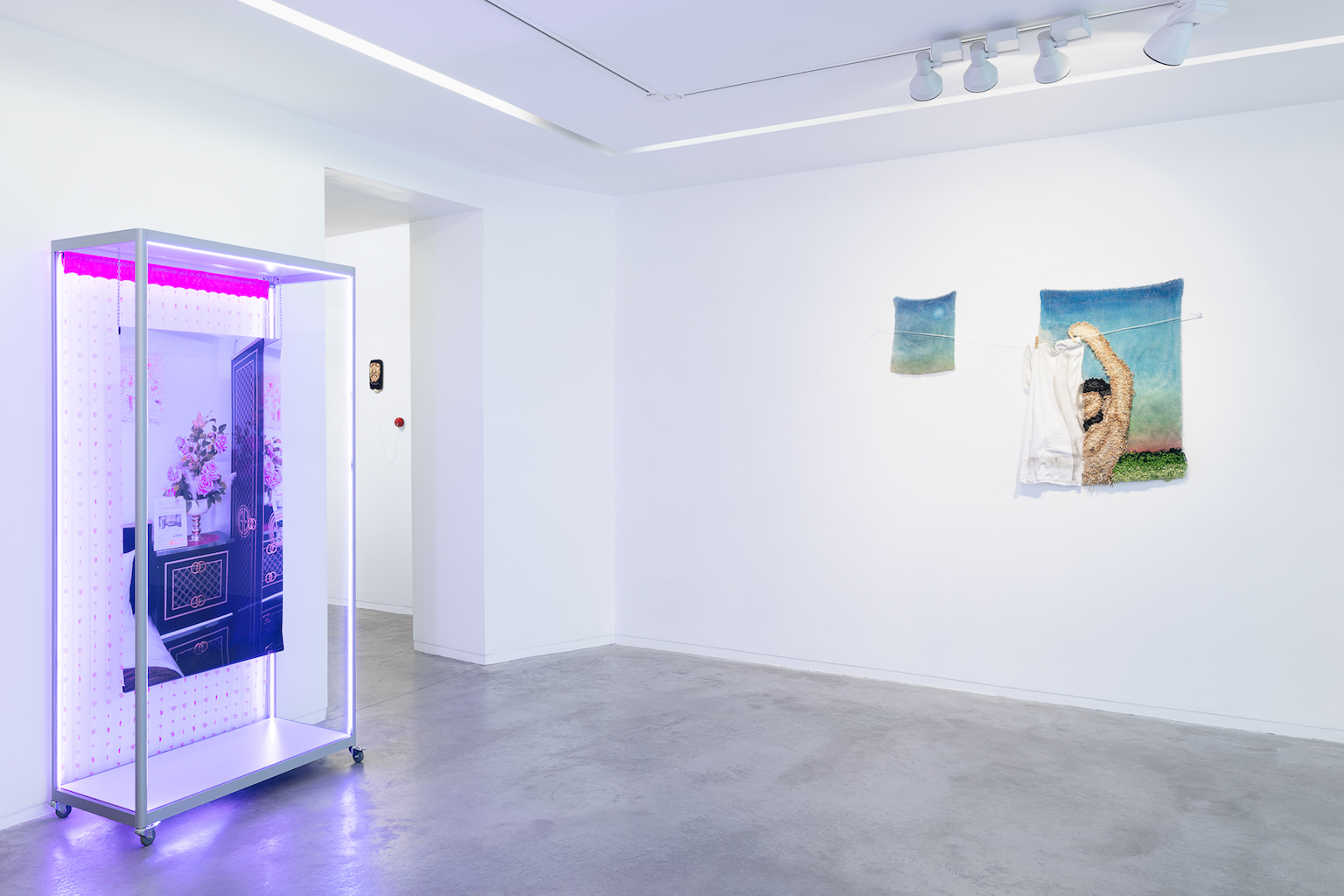
3 Amine Habki & Silina Syan, Vue d’exposition Noor reflections, Galerie Eric Mouchet, Paris, 2025 © Hafid Lhachmi – ADAGP Paris_
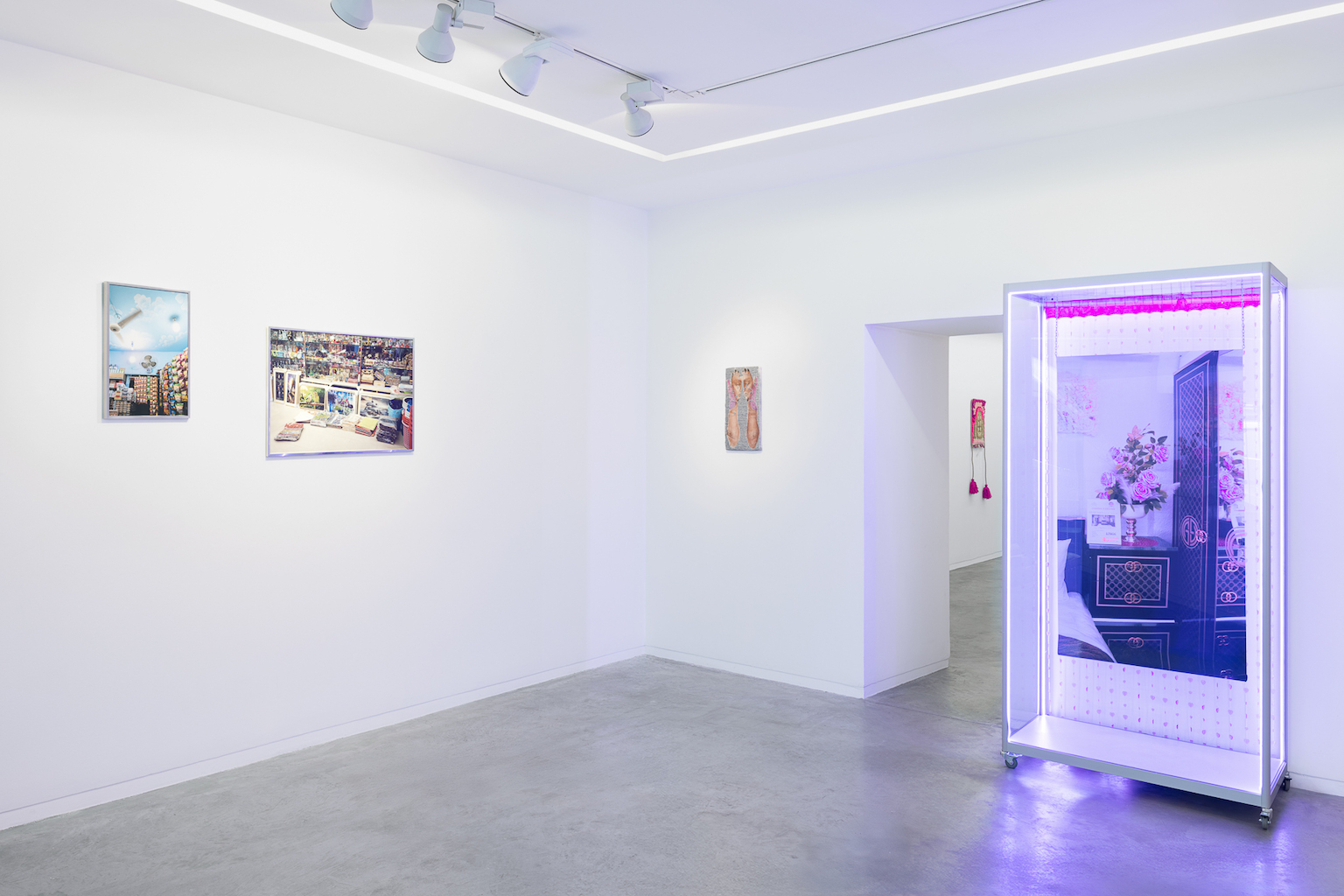
4 Amine Habki & Silina Syan, Vue d’exposition Noor reflections, Galerie Eric Mouchet, Paris, 2025 © Hafid Lhachmi – ADAGP Paris_
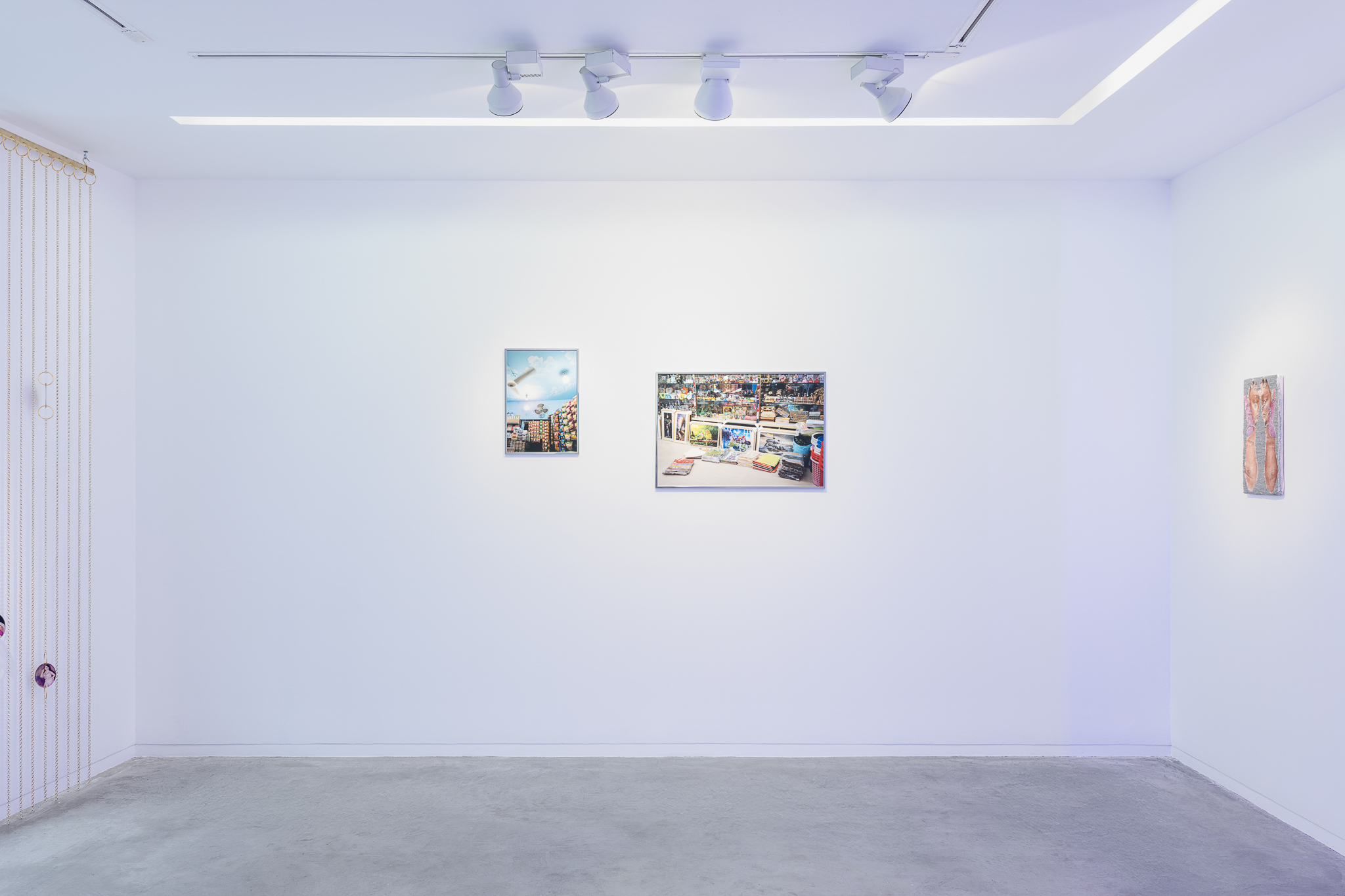
19 Amine Habki, Hennaya, 2025 © Hafid Lhachmi – ADAGP Paris_
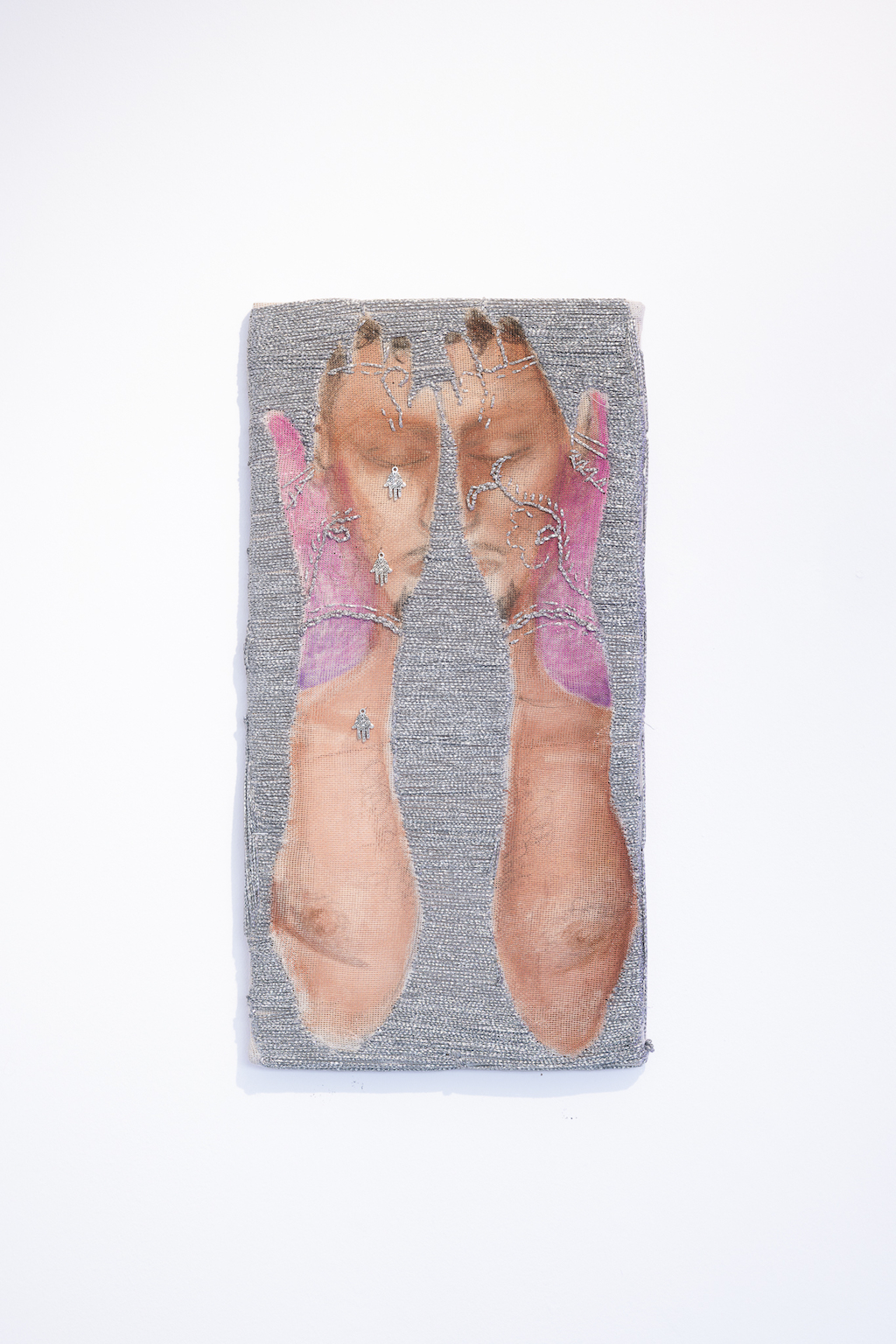
2 Amine Habki & Silina Syan, Vue d’exposition Noor reflections, Galerie Eric Mouchet, Paris, 2025 © Hafid Lhachmi – ADAGP Paris_
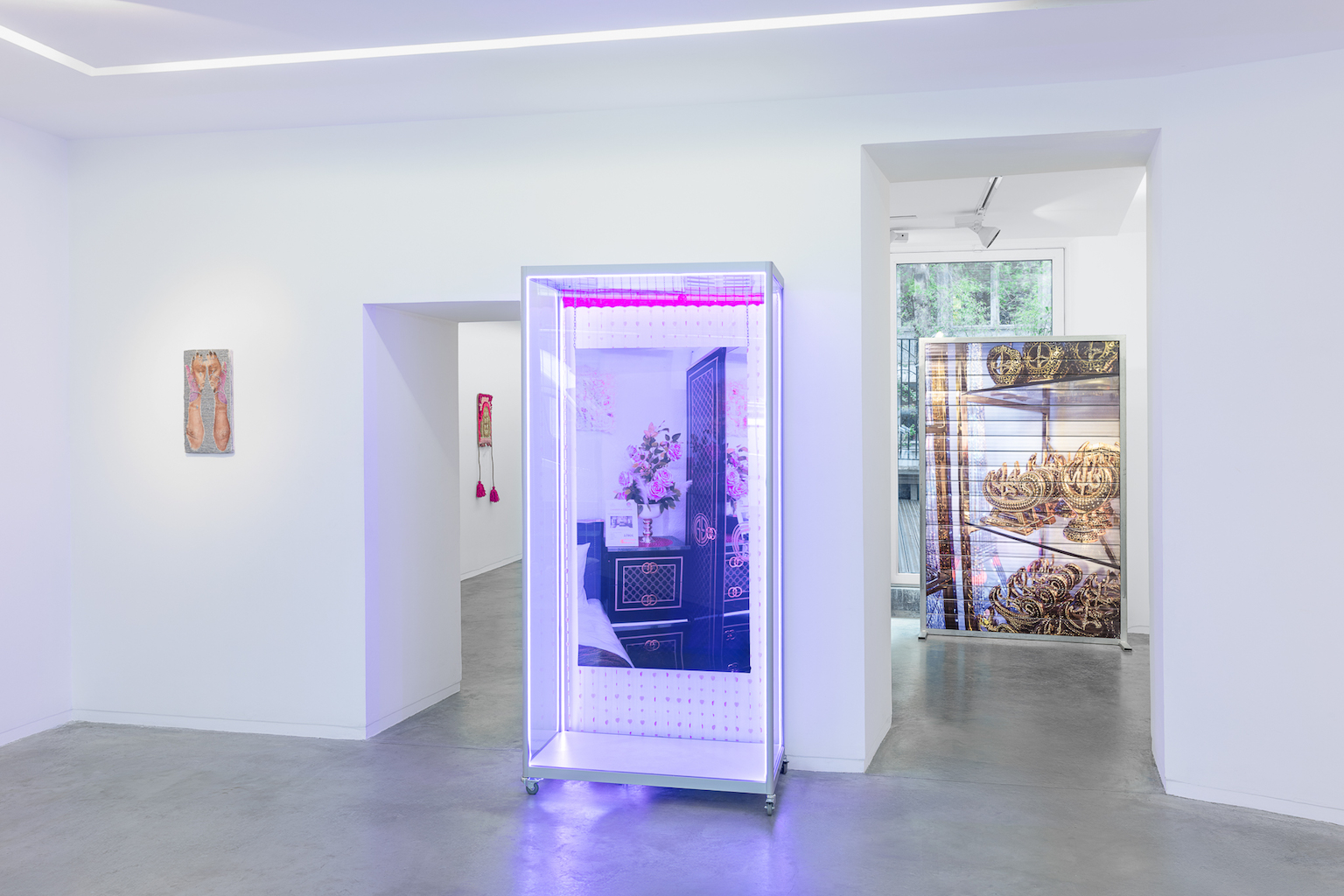
7 Silina Syan, Sona Bangla (Gugi Soft), 2025 © Hafid Lhachmi – ADAGP Paris_
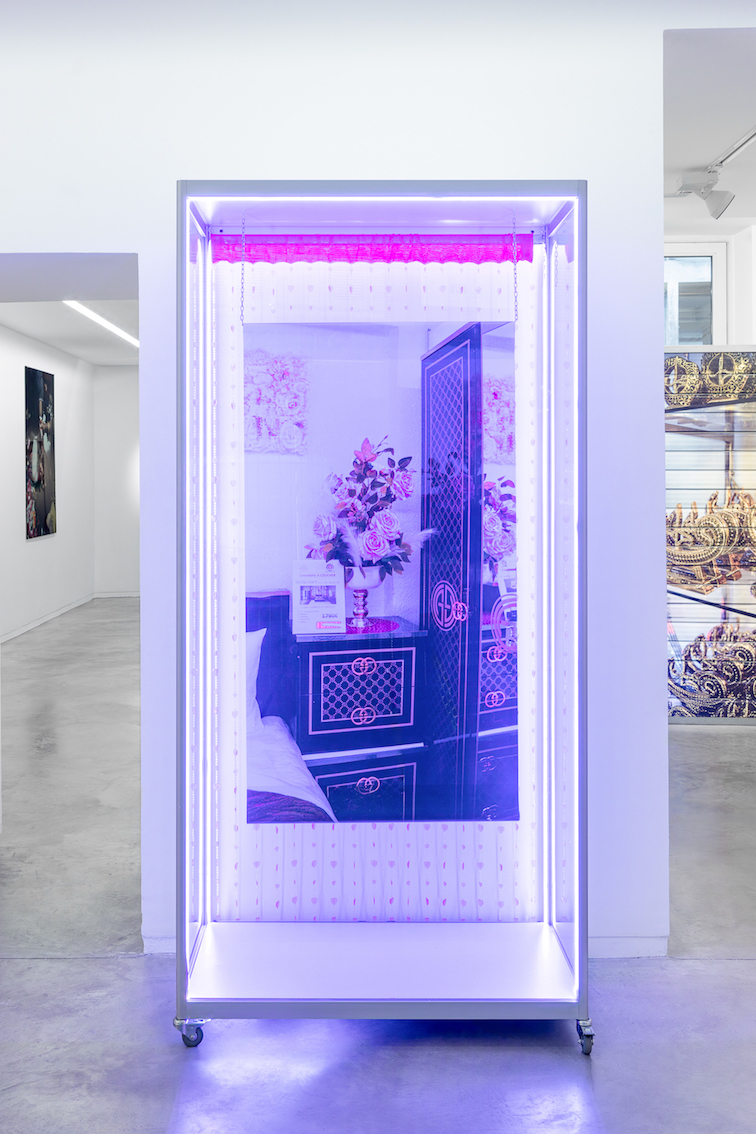
5 Amine Habki & Silina Syan, Vue d’exposition Noor reflections, Galerie Eric Mouchet, Paris, 2025 © Hafid Lhachmi – ADAGP Paris_
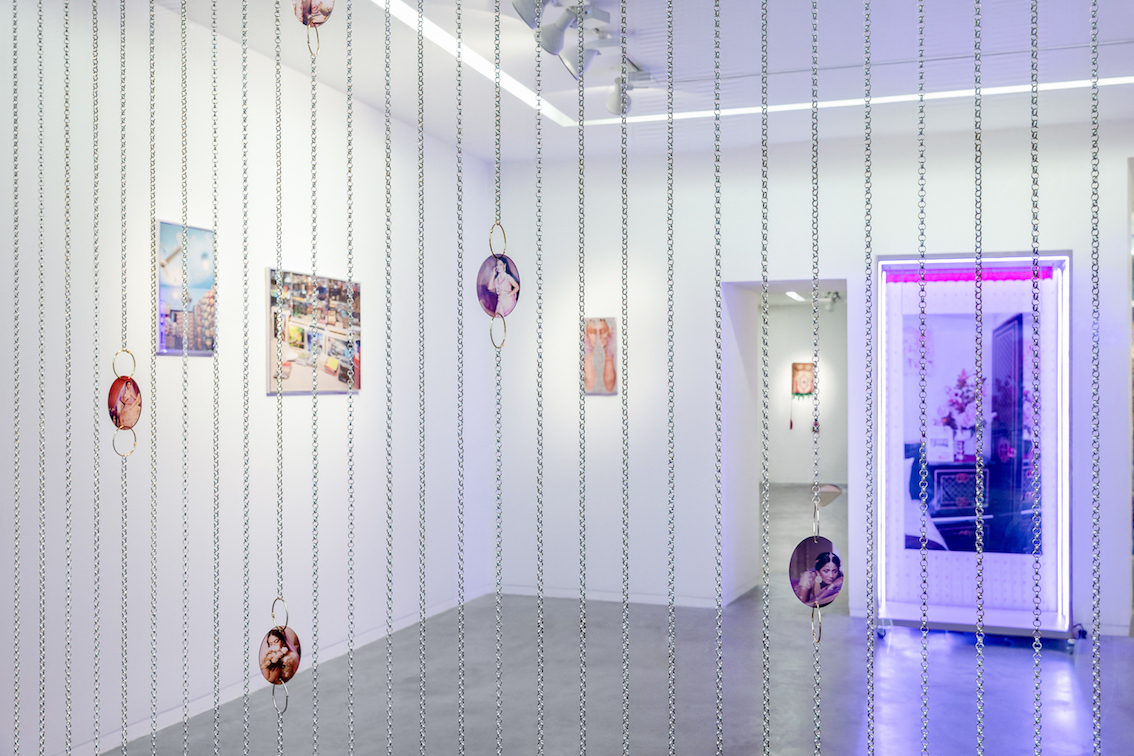
6 Silina Syan, En Chaîne et en Or, 2025 (détail) © Hafid Lhachmi – ADAGP Paris_
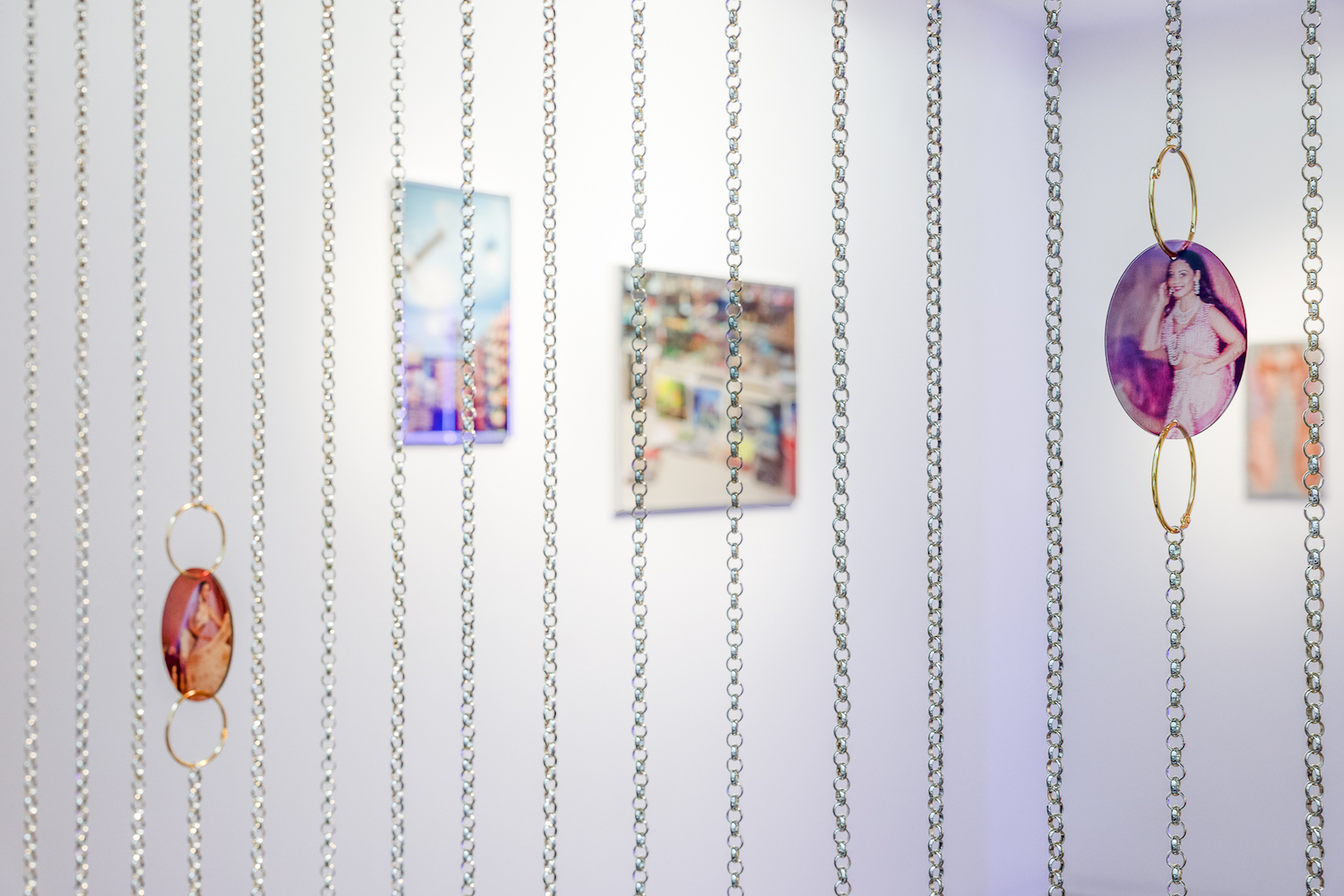
24 Amine Habki & Silina Syan, Vue d’exposition Noor reflections, Galerie Eric Mouchet, Paris, 2025 © Hafid Lhachmi – ADAGP Paris_
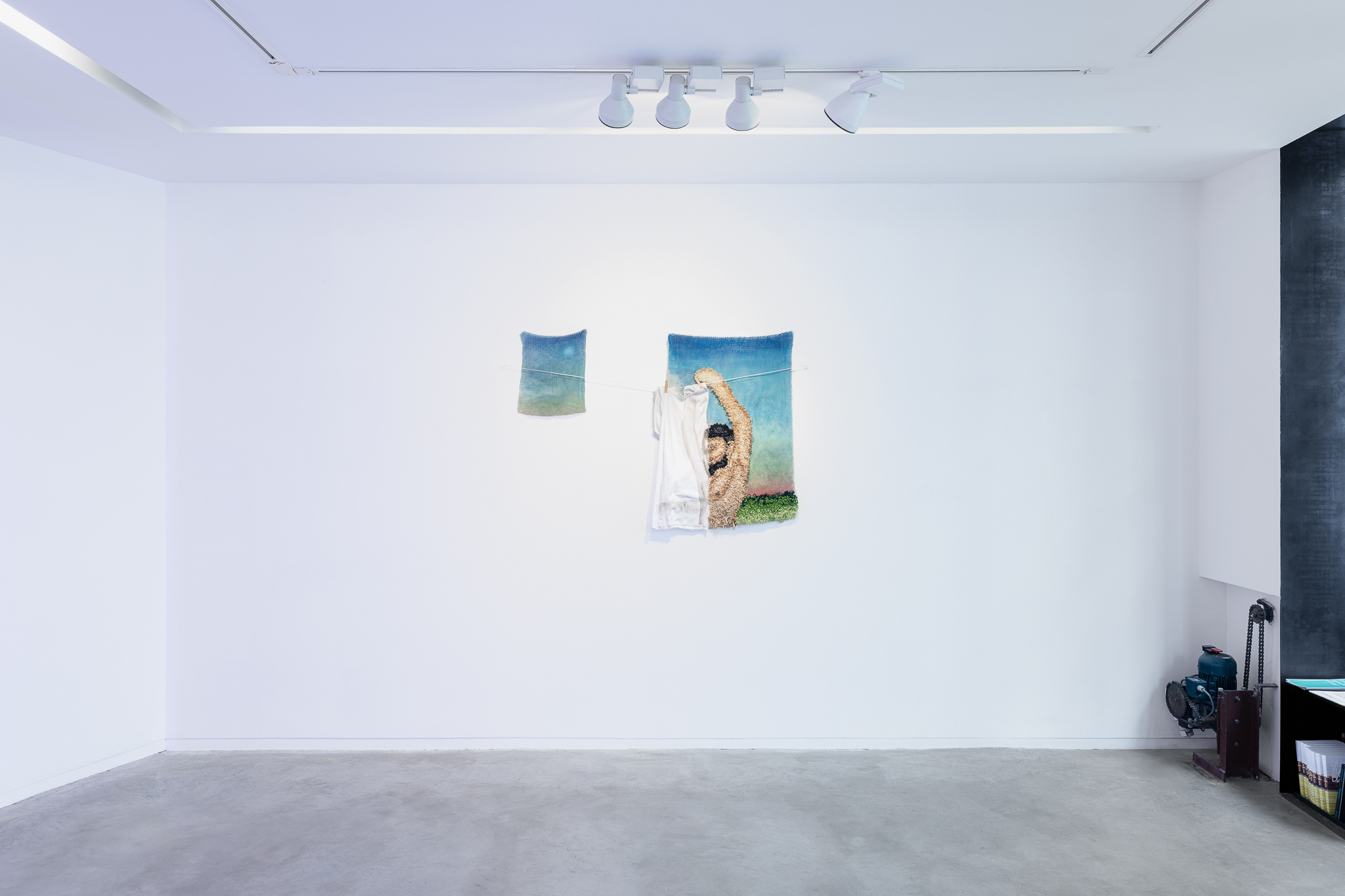
23 Amine Habki, Etheral Cycle, 2025 © Hafid Lhachmi – ADAGP Paris_
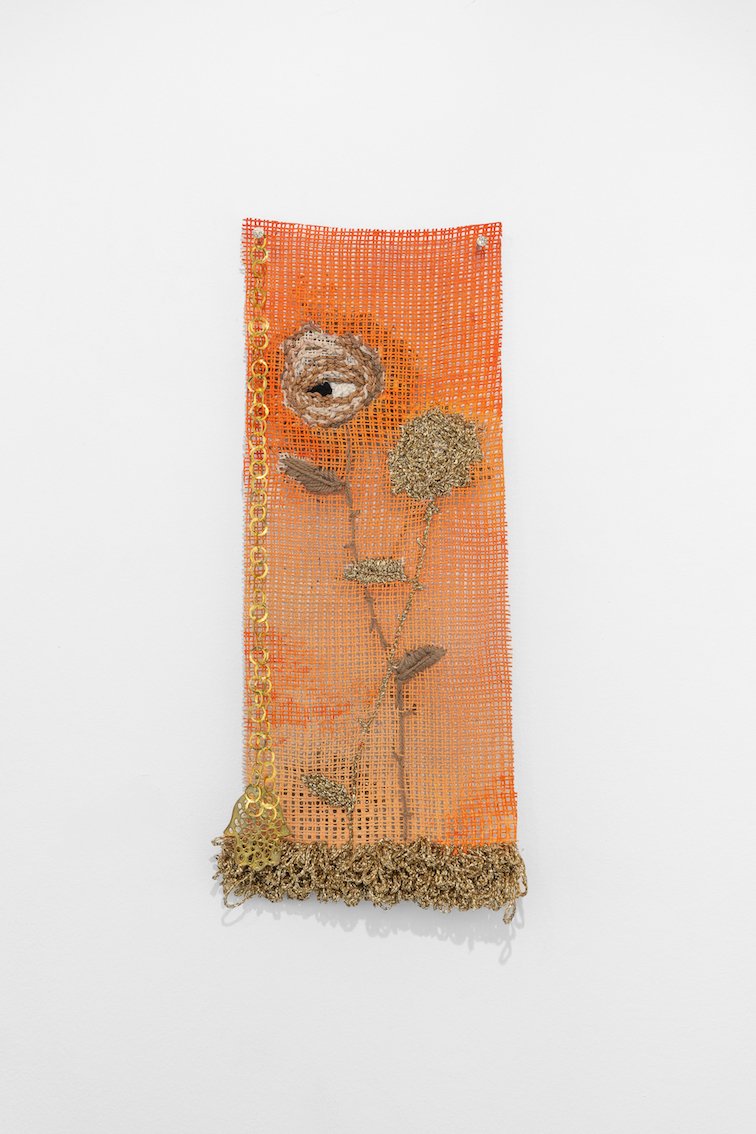
10 Amine Habki & Silina Syan, Vue d’exposition Noor reflections, Galerie Eric Mouchet, Paris, 2025 © Hafid Lhachmi – ADAGP Paris_
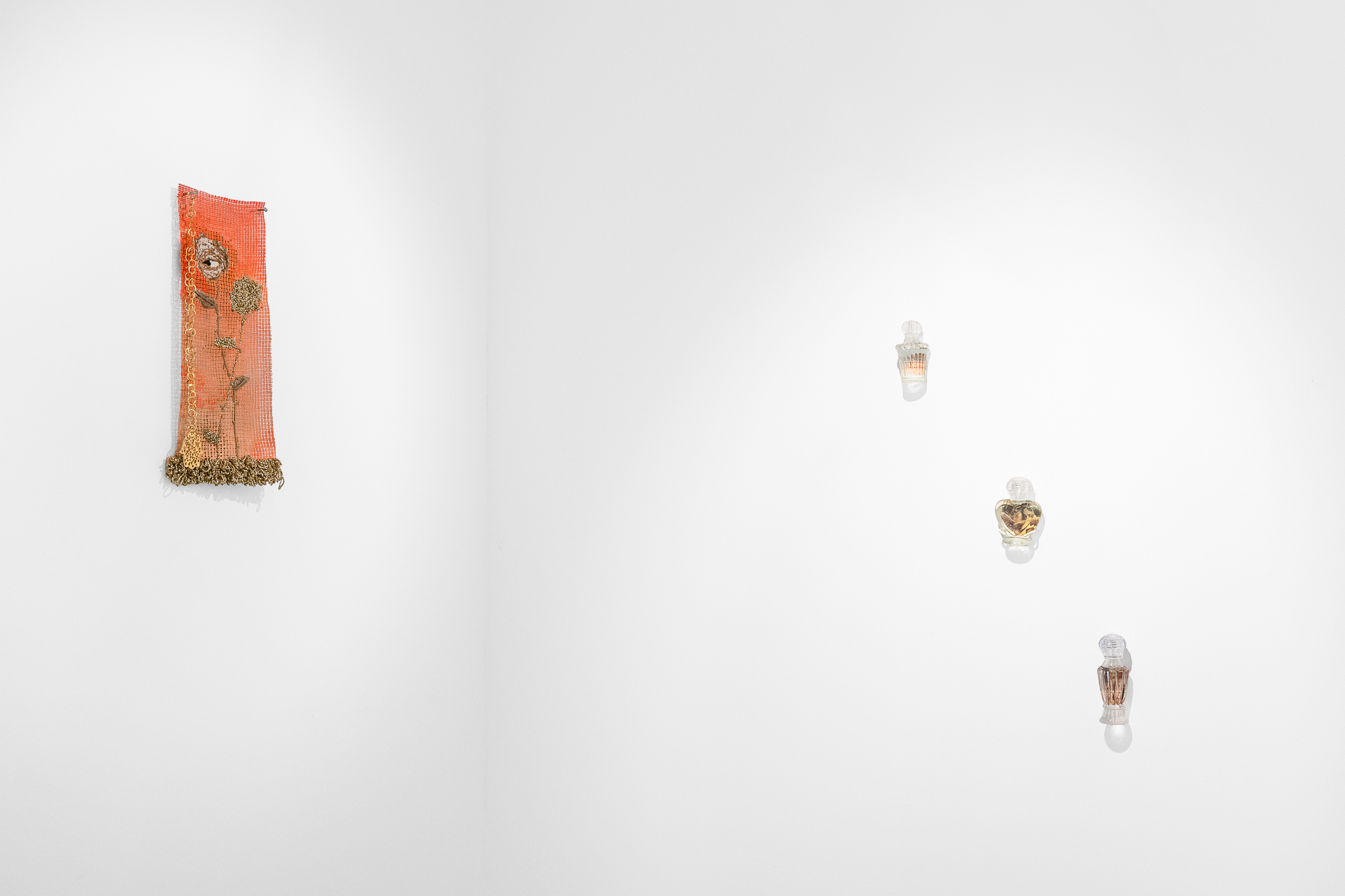
22 Silina Syan, Poison Girl, 2025 © Hafid Lhachmi – ADAGP Paris_
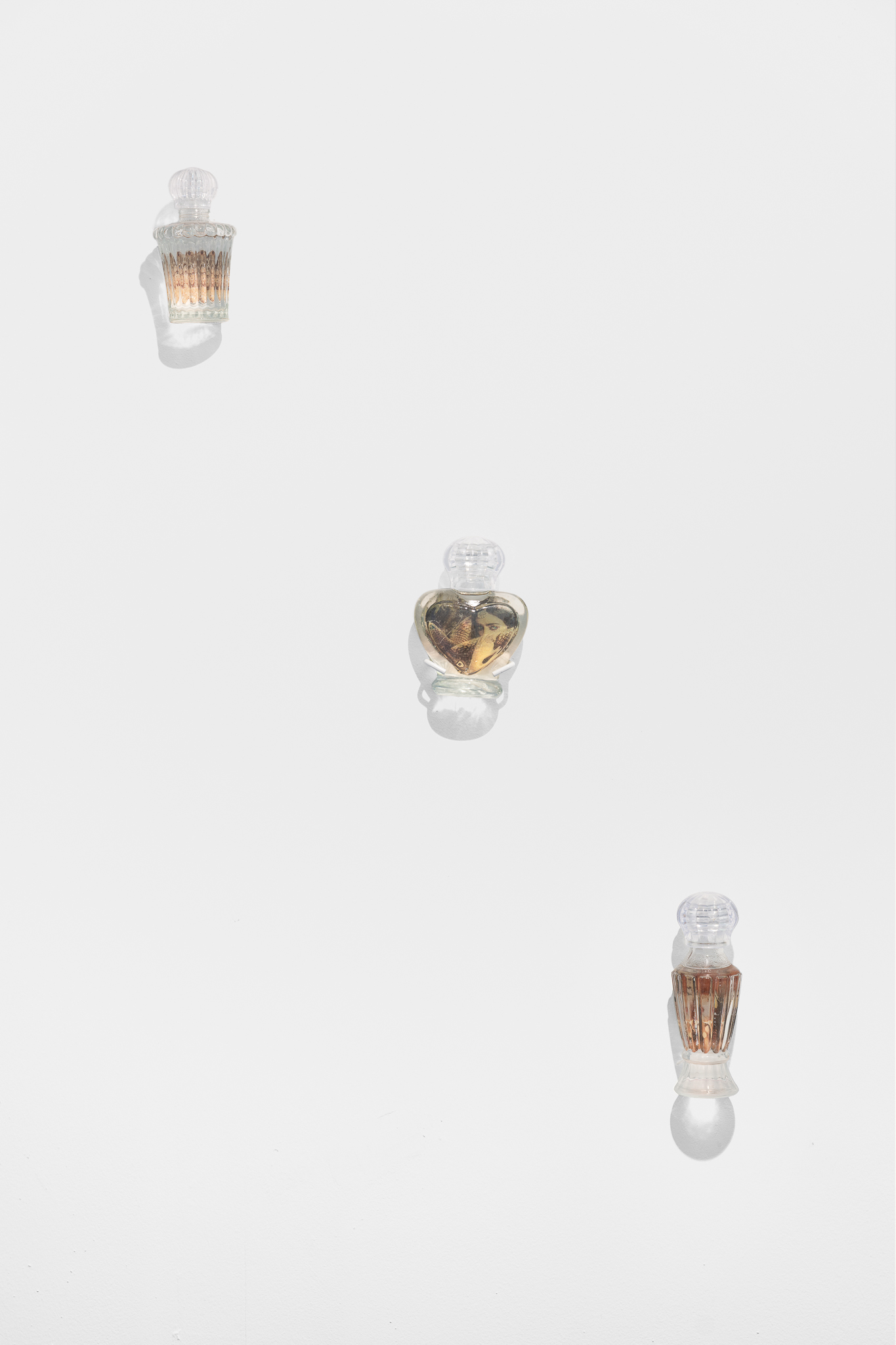
9 Amine Habki & Silina Syan, Vue d’exposition Noor reflections, Galerie Eric Mouchet, Paris, 2025 © Hafid Lhachmi – ADAGP Paris_
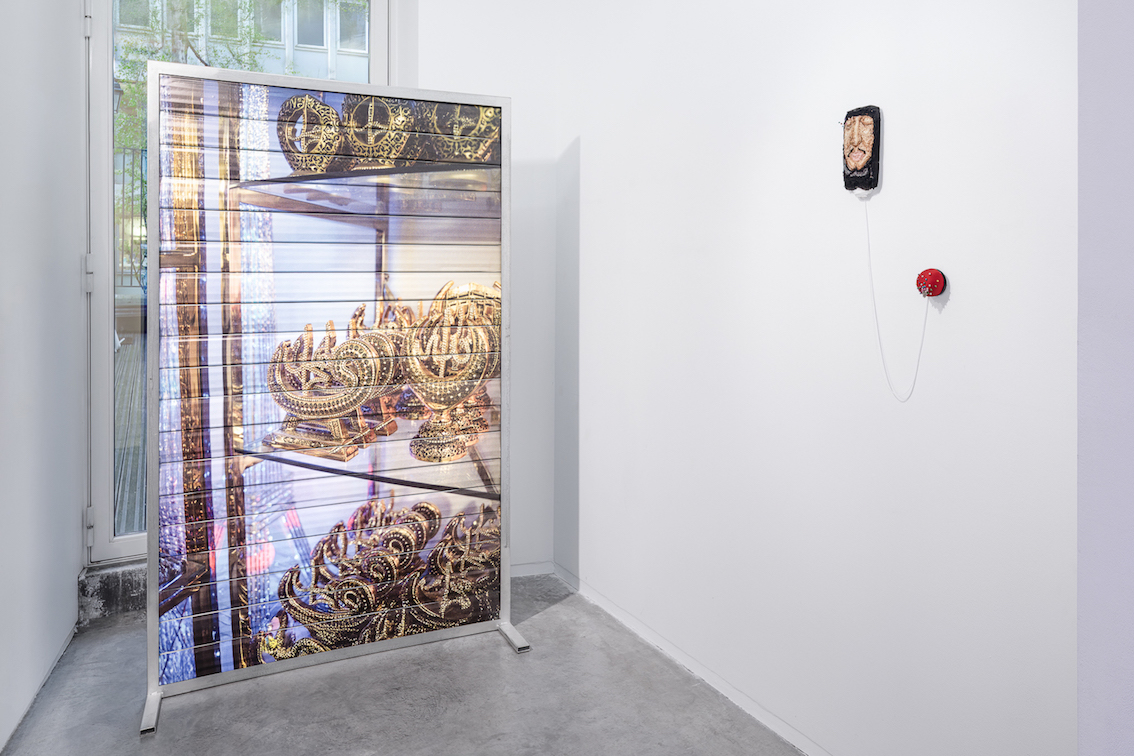
8 Silina Syan, Sonar Bangla Shiny Spirituality (And The Effeil Tower) © Hafid Lhachmi – ADAGP Paris_
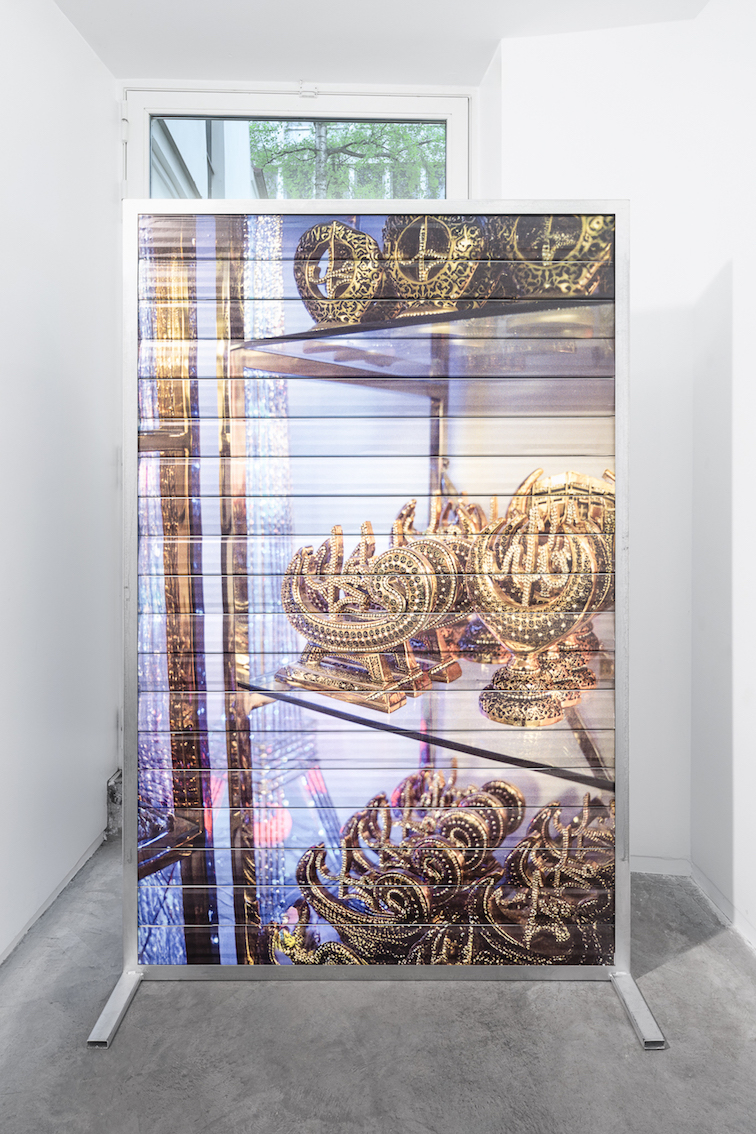
11 Amine Habki & Silina Syan, Vue d’exposition Noor reflections, Galerie Eric Mouchet, Paris, 2025 © Hafid Lhachmi – ADAGP Paris_
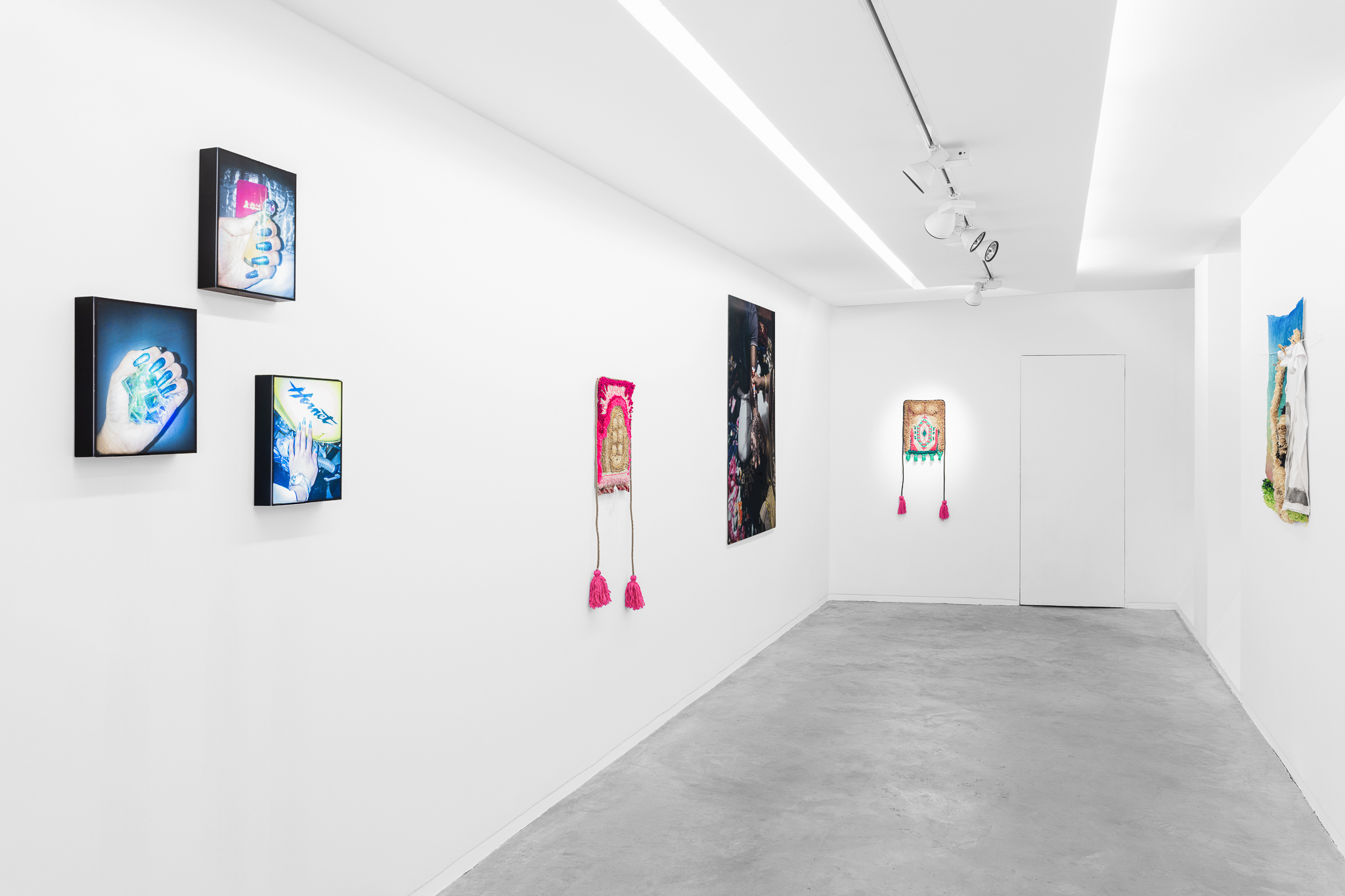
12 Amine Habki & Silina Syan, Vue d’exposition Noor reflections, Galerie Eric Mouchet, Paris, 2025 © Hafid Lhachmi – ADAGP Paris_
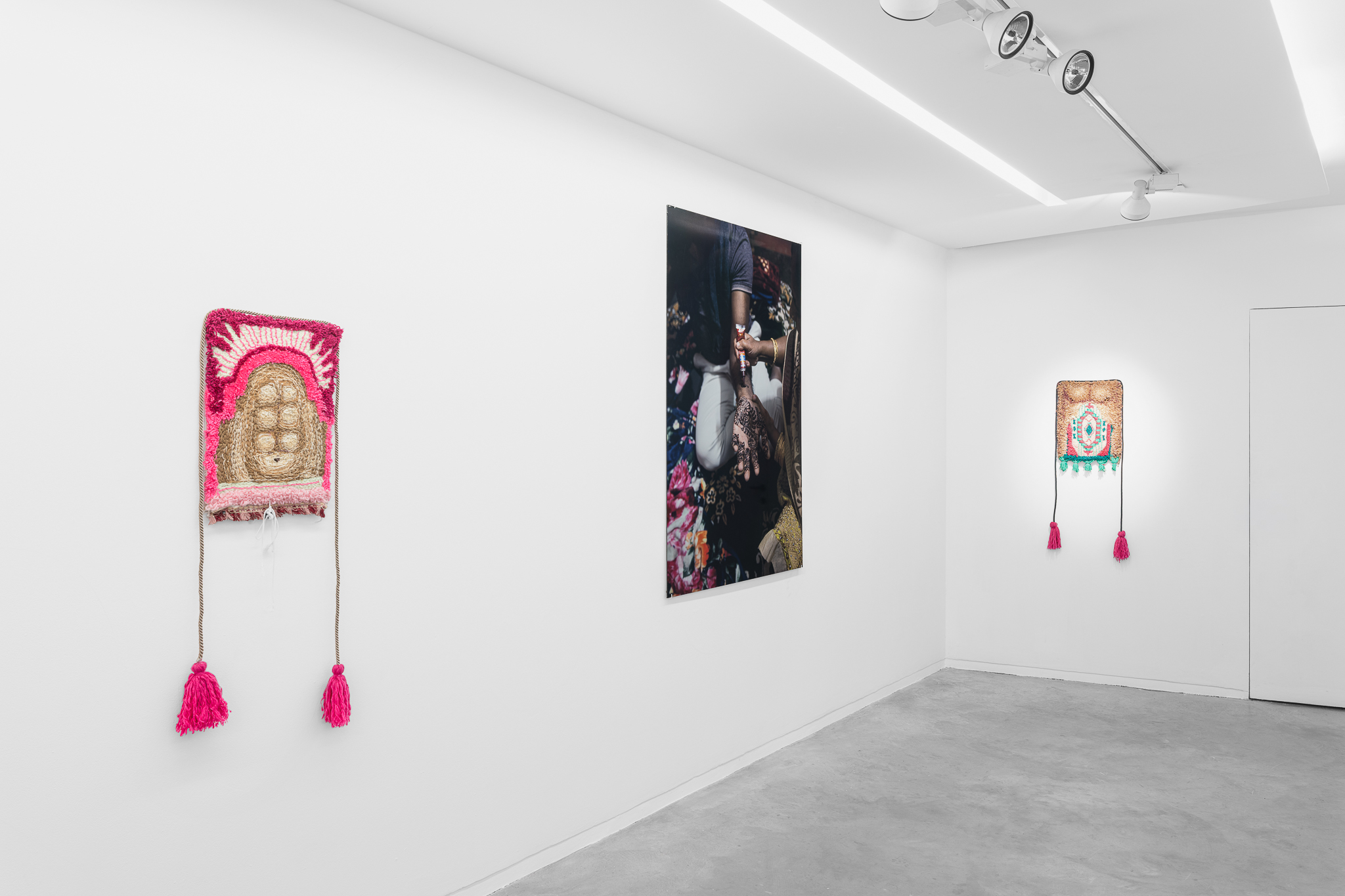
15 Amine Habki & Silina Syan, Vue d’exposition Noor reflections, Galerie Eric Mouchet, Paris, 2025 © Hafid Lhachmi – ADAGP Paris_
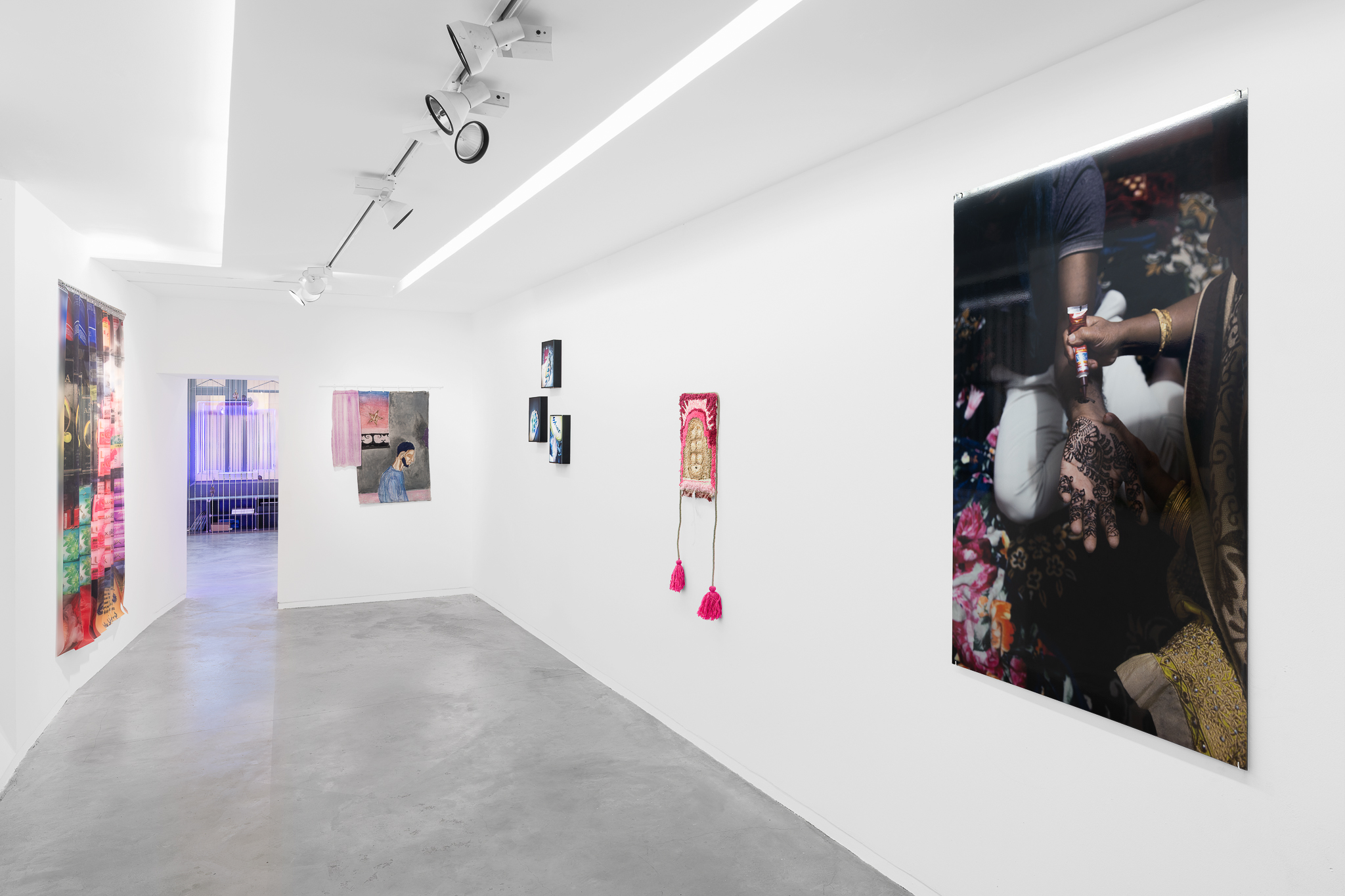
14 Amine Habki & Silina Syan, Vue d’exposition Noor reflections, Galerie Eric Mouchet, Paris, 2025 © Hafid Lhachmi – ADAGP Paris_
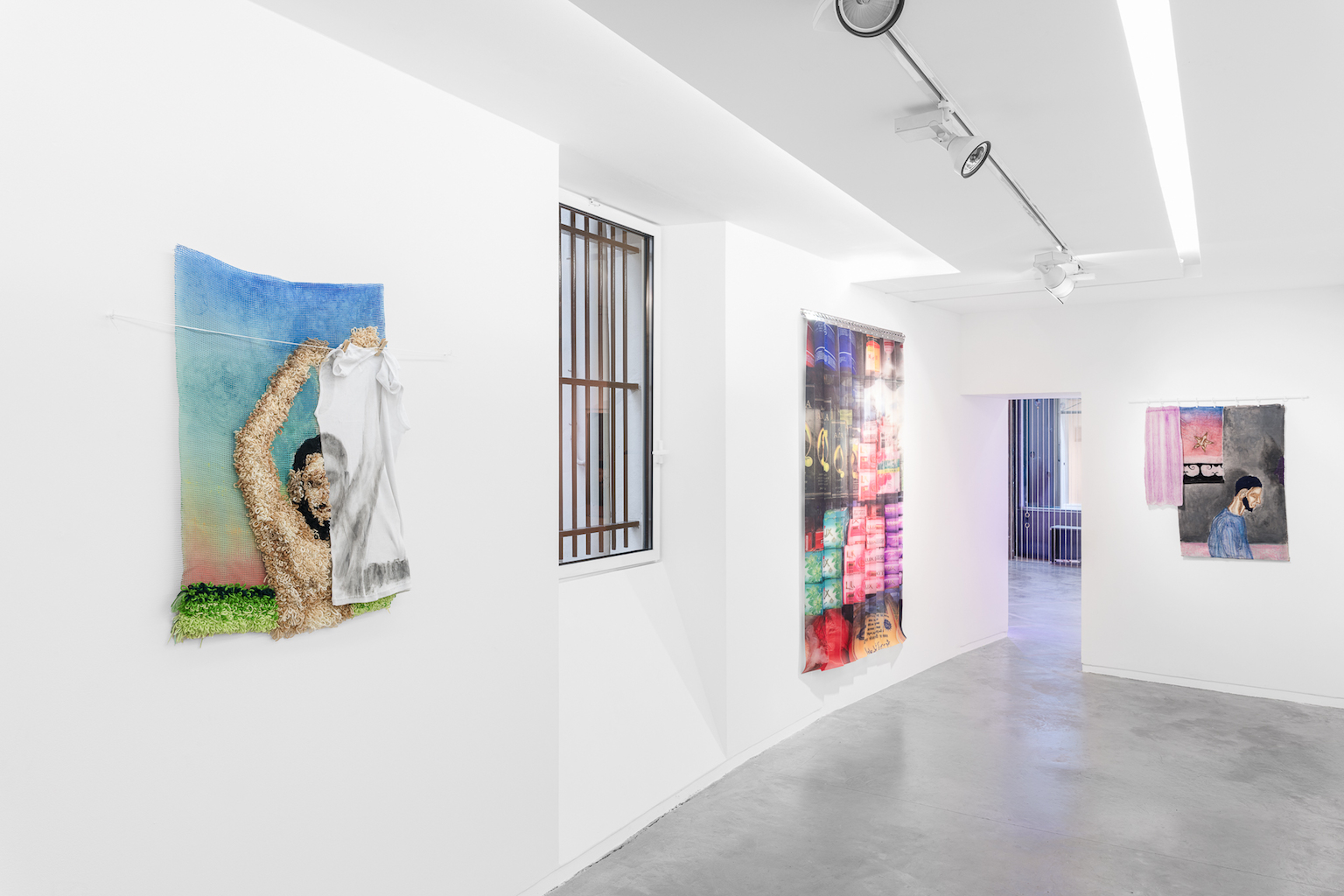
21 Silina Syan, Sonar Bangla (Lux Reflexion), 2025 © Hafid Lhachmi – ADAGP Paris_
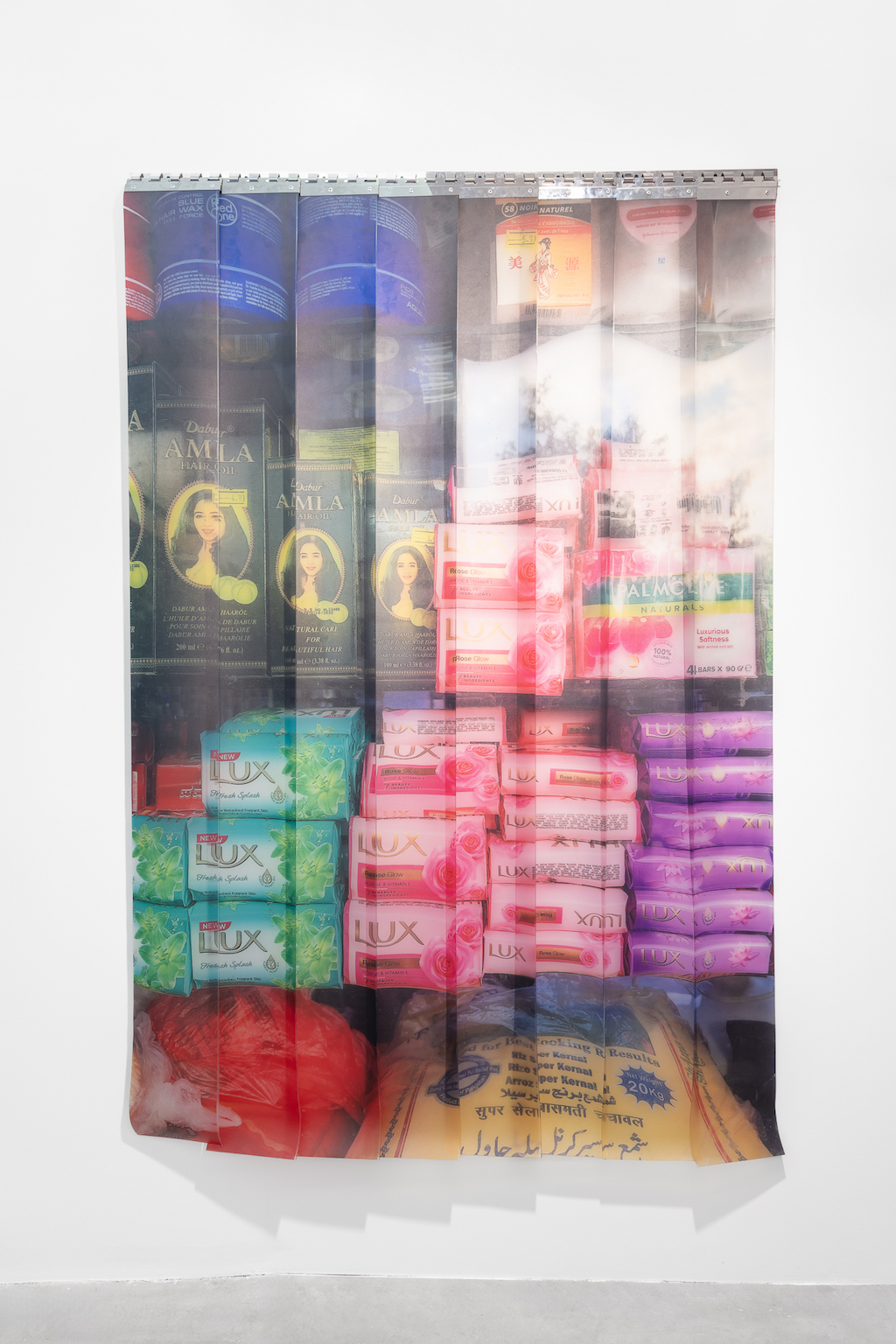
20 Amine Habki, There Is No Stars To Save You, 2025 © Hafid Lhachmi – ADAGP Paris_
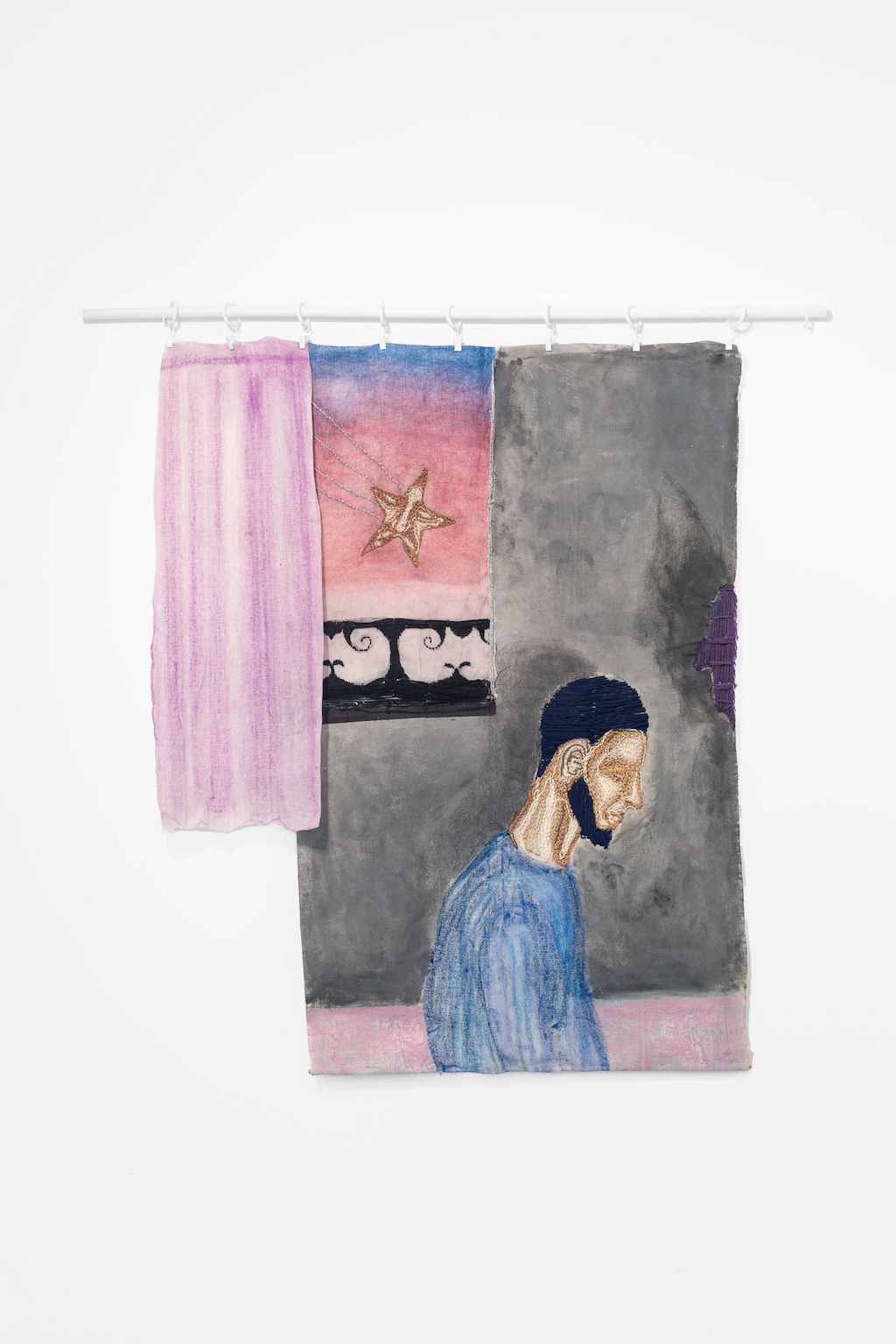
16 Amine Habki & Silina Syan, Vue d’exposition Noor reflections, Galerie Eric Mouchet, Paris, 2025 © Hafid Lhachmi – ADAGP Paris_
